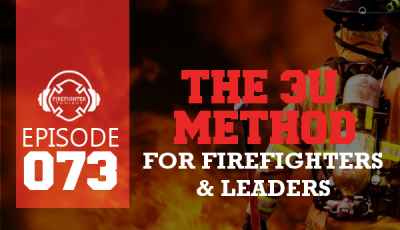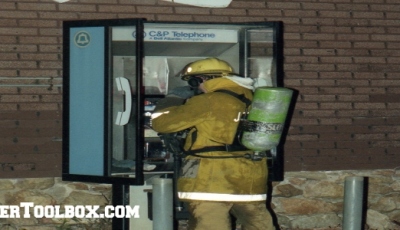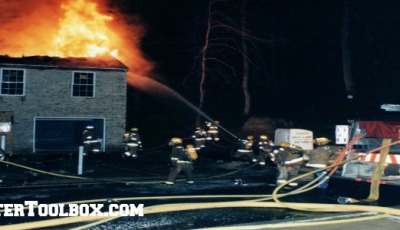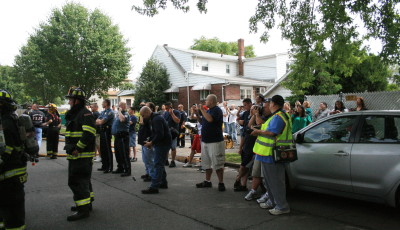Social Media Traps For The PIO – Part 1
With the advent of social media the fire service can now tell the public, their customer, about what they are doing faster than ever before. No longer do they have to wait until a press release is written, distributed to the news media, and for the media to print it (or maybe not!) before the customer can learn what they have already been reading about on the web.
Today the fire service through its PIO (public information officer) has the ability to be its’ own news organization, crafting its’ own messages, sending these messages where they wish, posting them how and when they wish, and directing these messages to whichever audience they wish.
The problem is just how effective are these PIOs and their organizations in their use of social media?
In this three part series we will examine three common, and uncommon, mistakes and traps the PIO can fall into with social media. We will look to see how they can readily make a difference with their information management, without losing followers, while balancing their reputation and the reputation of the department they represent. Today we will discuss message accuracy.
Message Accuracy
When the PIO posts the messages on an incident they must remember to keep these messages brief and on point. It is not necessary to post ancillary information on firefighter activities on an incident. The customer only wants to know the non technical basics. These include who, what, where, when, why and how.
Who
The “who” should never be released with respect to confidentiality. The PIO must respect the privacy of those involved in any incident. HIPPA compliance already ensures most of this occurs. We can further ensure compliance by not publishing or posting complete addresses, images of the victim, or images of any identifying markings such as license plates.
What
The “what” item is the nature of the incident. Is it an auto collision with rescue, a structure fire or something more specialized like a hazmat or technical rescue? The PIO needs to be as specific with this as possible. Remember the key is to ensure the media and public are information saturated. This hopefully helps to reduce phone calls to the PIO and faster dissemination of information on the media side.
Where And When
The “where” is the incident address including a block number and cross streets. If a business name exists make sure that is used. The when is the time the incident began and if the incident is under control, contained or secured includes that time as well.
Why and How
The “why” and “how” should include the following; injury status if any, damage estimates, cause (don’t guess), evacuations, reunification sites, and any closures of infrastructure. The PIO should not disclose the receving hospital and they should not confirm or deny fatalities. There are a myriad of notifications and legalities involved with that. We will discuss this further in detail later in the series.
The PIO should stick to these basic facts. Including any ancillary information will most likely get the message ignored. As with the “what” portion, having a solid why and how will go a long way to reduce the number of calls the PIO may receive from media, thus expediting information dissemination.
In part 2 we will discuss the ethical traps the PIO can fall into under the pressure to confirm and release information.
Part 1 of 3










